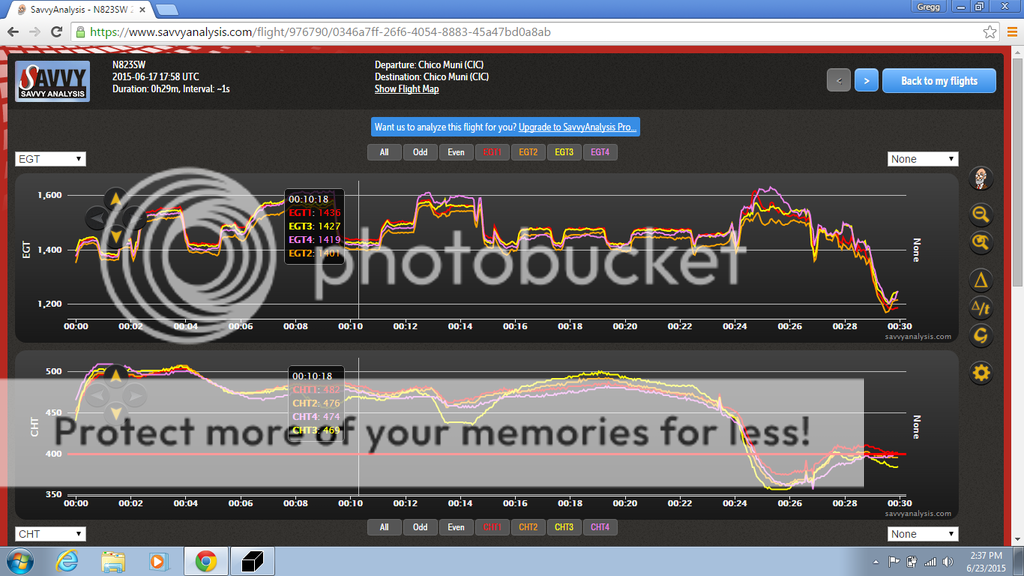hevansrv7a
Well Known Member
HP for 160 kts may be..
My "triangle tool" is just a spreadsheet that uses accepted math and is not necessarily going to reflect reality. However, I have found that it's pretty close most of the time.
I set it up with some changes from my plane to make it go 174 kts on 135 HP at 8000' DA and then asked it for the HP at 160 kts = 184.125 mph. It says you need 108.67 HP. This is using an assumed prop efficiency of 82% in both cases. That could be high, but it did not change in this "test". It is the number that Craig Catto suggested for this kind of thing. The spreadsheet is using both induced and parasite drag and is being forced into a L/D that is close to what you are actually getting, but certainly not exactly right. I am replying only because the result is much different than you were expecting.
My "triangle tool" is just a spreadsheet that uses accepted math and is not necessarily going to reflect reality. However, I have found that it's pretty close most of the time.
I set it up with some changes from my plane to make it go 174 kts on 135 HP at 8000' DA and then asked it for the HP at 160 kts = 184.125 mph. It says you need 108.67 HP. This is using an assumed prop efficiency of 82% in both cases. That could be high, but it did not change in this "test". It is the number that Craig Catto suggested for this kind of thing. The spreadsheet is using both induced and parasite drag and is being forced into a L/D that is close to what you are actually getting, but certainly not exactly right. I am replying only because the result is much different than you were expecting.
Not sure the reasoning here is correct.
If it is demonstrated that it takes 135HP to achieve 174 knots, is it reasonable to assume it will take 124 HP to achieve 160 knots?

















